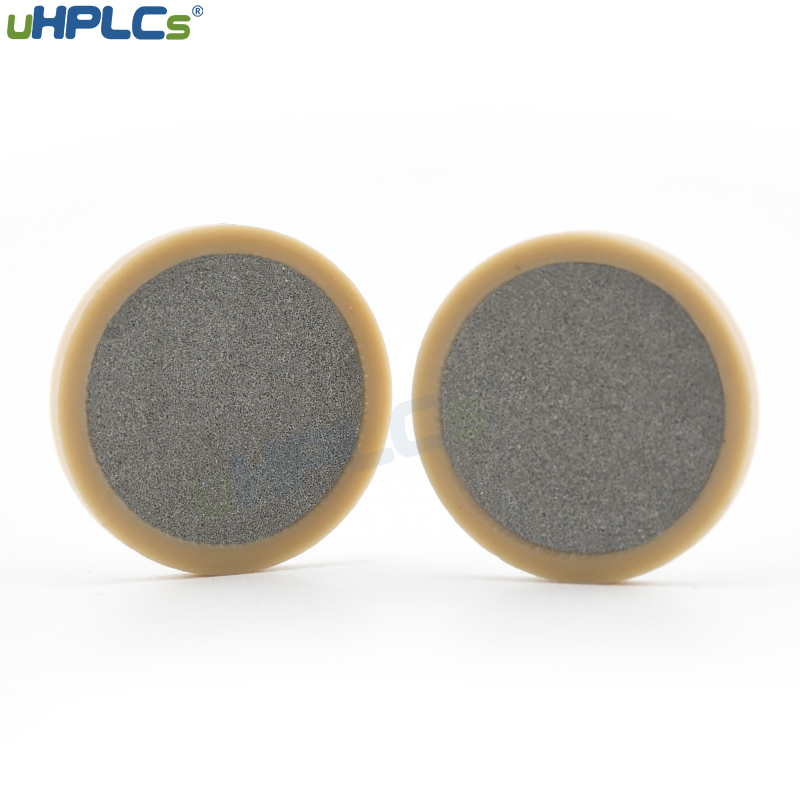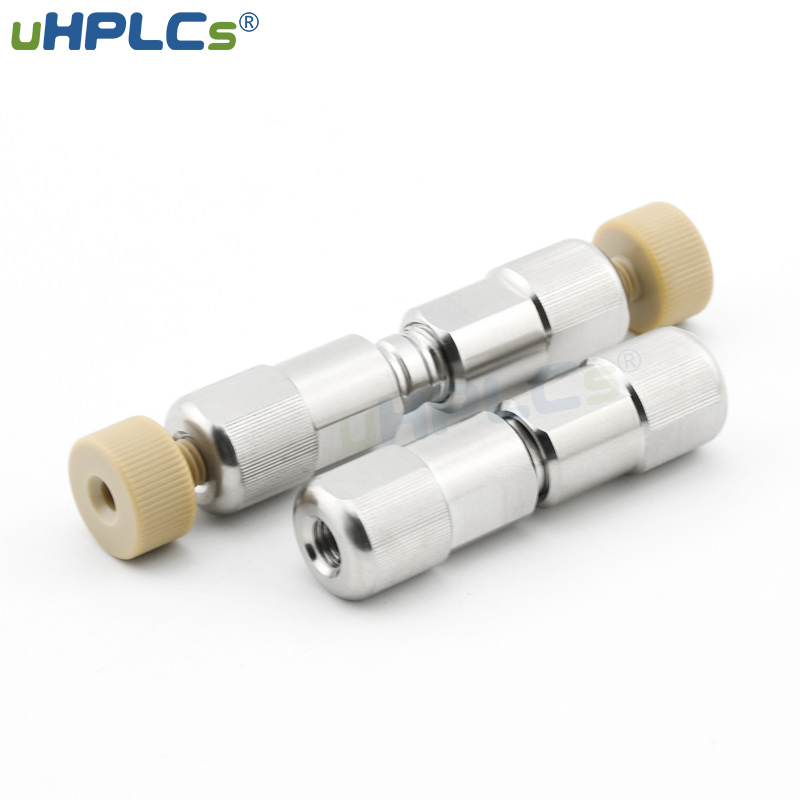Samples introduced into AN HPLC column are often diverse and complex, and these samples may contain many ingredients that are incompatible with HPLC conditions. Injection of such samples without proper sample preparation or sample preconditioning may cause column clogging. For example, residual proteins and highly hydrophobic compounds (such as lipids) may not be fully eluted during the reverse phase separation process and tend to adsorb slowly onto the column and cause problems.
Incompatible sample thinners and mobile phases can also cause clogging problems. If the two are incompatible and the sample is introduced into the mobile phase, precipitation will usually occur if the contrast between the diluent and the mobile phase is too polar.
Mobile phase buffers are commonly used as mobile phases in HPLC. It is important to filter these buffers prior to use. Sometimes, due to laboratory temperature differences, some buffer components tend to precipitate, or the use of too high a concentration of buffer can also lead to precipitation.
Debris from worn pump seals or other seals will wear over time, and these components tend to produce debris or metal ions in the solvent line. If the pump and injector are not regularly maintained, impurities often reach the sieve plate of the column and clog the column.
Now that we know about the blockage of the column, how can we protect it? To protect HPLC columns (analytical and preparative) from contamination, such as particles in the injection, unfiltered mobile phase components, or debris from the pump/rotor seal of the injector worn, chromatographic guard columns are recommended.
The guard column is essentially a miniature column, ideally filled with the same filler as the analytical column and attached in front of the analytical column. A variety of sizes are available to match the requirements of different types of columns. The sieve plate in the guard column is similar to the sieve plate in the analysis column, which means that anything that can block the analysis column will be blocked by the guard column. The life of the analytical column can then be extended by simply changing the guard column or guard column screen.
How to choose the right constant spectrum protection column? The filling material of the guard column (stationary phase) should be the same as that of the analytical column so that there is no change in selectivity. The ID of the guard column should be the same or less than that of the analytical column to minimize increased band broadening. Always use the guard whose ID is closest to the column ID. The length of the protective column should be as short as possible to avoid extra dead volume, you can choose the constant spectrum directly connected protective column, directly connected to THE UHPLC and UPLC column, eliminating the middle of the connection pipe and joint screw, eliminate the problem of solvent leakage and connection dead volume, the daily operation is more convenient, simple and easy to operate.
Post time: Jun-02-2022







